Breaking ground on UNTHSC’s future
By Jeff Carlton
When it opens in 2018, the building going up along Camp Bowie Boulevard will be more than just the first new research facility at UNT Health Science Center in 14 years.
Housed inside an exterior of precast concrete, limestone walls and glass panels will be a building whose very design reflects the Health Science Center’s approach to teamwork in education, research and health care.
“We’re building a model of team-based health care for Fort Worth,” said Myron Jacobson, PhD, Dean of the College of Pharmacy. “The layout of the education and research spaces in this building is designed to foster active, team-based learning.”
A ceremonial groundbreaking is scheduled for Tuesday, Oct. 25, and will include representatives from the Health Science Center, the University of North Texas System, Vaughn Construction and Treanor Architects.
Known as the Interdisciplinary Research and Education Building, the five-story facility will be home to the College of Pharmacy, the North Texas Eye Research Institute and the Institute for Molecular and Therapeutic Development. It is funded in part by $80 million from the Texas Legislature, thanks to the advocacy of Sen. Jane Nelson and Rep. Charlie Geren.
About 53,000 square feet will be for research or instructional laboratories. It also will have classrooms, study space, multimedia learning areas, a café, student lounge and administrative offices.
The crown jewel is a 3,000-square-foot Healthcare Innovations Lab that will include a medical clinic and learning center with interactive kiosks for visitors. Initial plans call for a pharmacy, exam rooms, an instructional kitchen for healthy cooking classes and a blood lab. The building also will be wired for telemedicine and telepharmacy capabilities.
The building will bring together more than a dozen scientists who are part of the North Texas Eye Research Institute, which boasts a comprehensive translational research program focused on developing new treatments for ocular diseases such as glaucoma, macular degeneration, diabetic retinopathy, optic neuritis and dry-eye disease.
It’s the first new research building at the Health Science Center since the Center for BioHealth, just east of the construction site, opened in 2004. Since then, UNTHSC’s annual research budget has increased from $18 million to more than $40 million per year.
“This will be an important site for the university’s interprofessional educational activities,” Dr. Jacobson said, “as well as a space where we can engage with the community.”
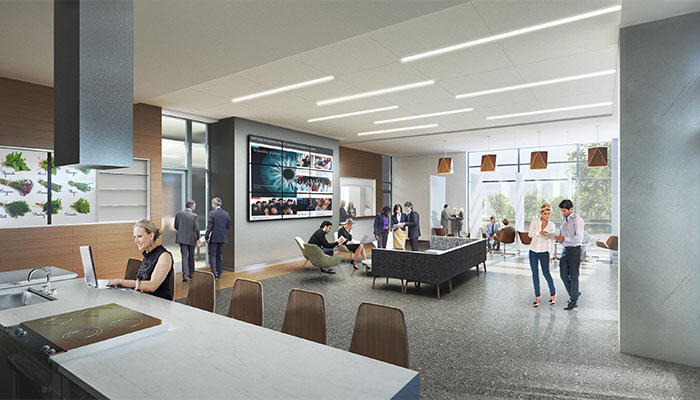
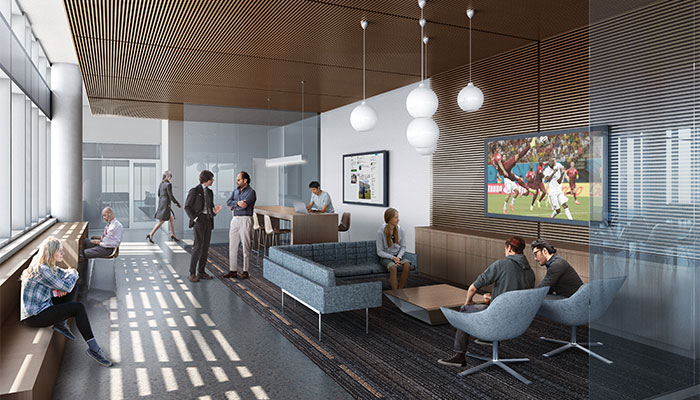
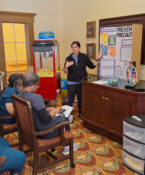
![Uyen Sa Nguyen Scaled[58]](https://www.unthsc.edu/newsroom/wp-content/uploads/sites/16/Uyen-Sa-Nguyen-scaled58-145x175.jpg)
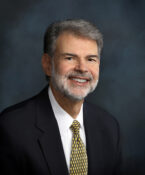
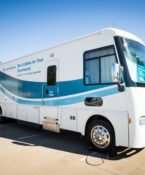

Social media